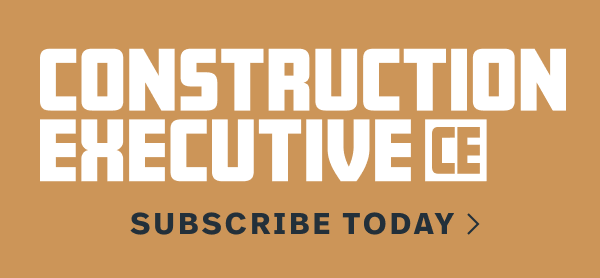Business

Problem Projects: Getting Construction Back on Track
Backed by comprehensive information on project cost and completion, contractors can predict and prioritize the challenges most likely to occur for specific project types, estimate financial impact and outline best practices for future projects.
By René Morkos
December 7, 2021
Topics
Business
by René Morkos
René Morkos is the founder and CEO of ALICE Technologies. The son of a civil engineer, René grew up in the construction industry, working on a wide range of projects with international impact managing infrastructure projects in Afghanistan, building an underwater pipeline in Beirut, engineering the automation of a gas refinery project in Abu Dhabi and leading development of virtual design and construction models for Amsterdam’s cruise ship terminal—before creating the world’s first Artificial Intelligence for use in construction.
Related stories
Business

'Ladies and Gentlemen, This Does Not Mean Recession': Anirban Basu on State of 2025 Q3 Construction Economy
By Construction Executive
Basu's newsletter stated that construction has been in contraction for 14 months, so why does he seem relatively upbeat this quarter?
Business

Prioritizing Success: Succession Planning Beyond the Company Walls
By Steve Albart
A good succession plan looks not only at what the business owner wants and needs to maximize value and create a cash windfall, but also seeks to determine what is best for employees at all levels and what is best for customers, suppliers and other partner organizations.
Business

Operation Preparation: Industry Experts Speak on Disaster Prep and Recovery Efforts as Hurricane Season Comes to a Close
By Grace Calengor
Water is one of the most destructive sources on the planet—natural or manmade. Oftentimes, the construction industry has to learn the hard way—after disaster strikes—how best to address that disaster in the future. This year, preparation is priority.





